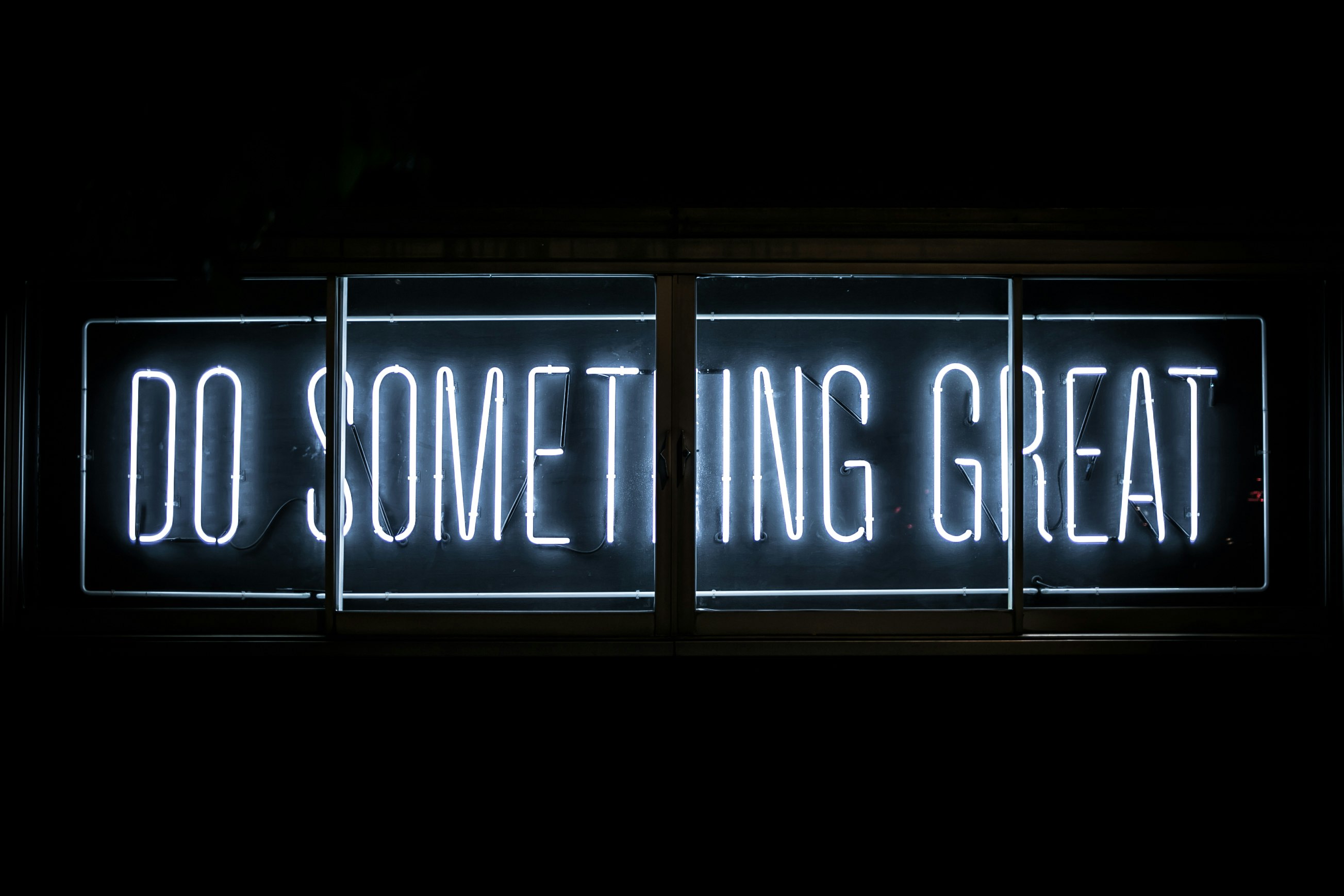Plenty, according to Kim Zablocky, Founder of VCF, a consulting firm with a focus on "Perfecting Retailer-Supplier Execution", according to its Web site. As encouraging as his reports of positive results are, it is also instructive to trace the limits of vendor-supplier co-operation and the potential impacts on your own career.
Theory of the relation
Recognize first that the interface between retailer and supplier is one of the few arenas that can generate sustainable profit for your organization. If you become a commodity handler and price-taker, the market will efficiently run your margin to zero. You must nourish your brand to escape that fate, either as a retailer through the reputation you build with consumers, or, on the manufacturing side, in the products you deliver for purchase.
In the modern age of fulfillment, the mechanism for strengthening that interface is compliance. Retailers and suppliers agree on terms of fulfillment, settlement, payment, schedule, and damage. Mediated by digital communications of the sort ec-bp covers, goods arrive in the stores, and make their way to shelves. Too often, suppliers still miss out on percentage points of their billings as deductions for defects: orders delivered outside loading-dock windows, shipments that don't match current purchase orders, loss through damage or other shrinkage, and so on. VCF commissions independent research on these patterns, and, for 2010, still measured deductions of 2-5% of supplier sales. That's where VCF positions itself: to work across markets, with a range of retailers and suppliers, to help the two sides both improve their practices and "deliver the perfect order", as Zablocky explained in an earlier interview with ec-bp.
This side of VCF continutes to grow, according to Zablocky: attendance at conferences now averages around 1500 annually. Even more interesting, though, are the qualitative changes recent years have brought: "... e-business is the great equalizer: the manufacturers are now retailers, retailers are greater wholesalers because of private label and in e-commerce and it's a total flattening of retail. ... You have to have a unique vertical ..." At the same time, energy-dominated transport costs and government trade restrictions "... are going to drive production back to a more localized area." Smartphone-equipped consumers dampen any opportunity for "pricing optimization in the front of the store ... the only real place that retailers can save money is adding efficiencies in their supply chain and reducing the cost of sourcing ..."
Limits to co-operation
VCF sponsors multiple events every month to teach techniques of collaboration, and ec-bp daily provides news and ideas on supply-chain refinement. At the same time, you need to recognize the real limits to these sorts of efforts.
Losses, including deductions, shrinkage, and foregone sales, are absolutely real, and available to be recouped through improvement in fulfillment practices. As a supply-chain executive, though, your own leadership remains a critical resource. You can only win a few battles at a time. No matter how much you perfect, for example, your collaboration and supply-chain efficiency with regard to paper clips, if paper clips are only 1% of your over-all business, all your triumphs in that one dimension will barely nudge global profitability.
To see clearly both the positive and negative aspect of such calculations, it's also crucial to be realistic about the differences between success for the organization and success in your own career. You might come up with a winning plan to shave a full day off average deliveries of a significant product, for instance, while improving cash flow. Without the right authorization for that plan, though, or if its implementation appears to conflict with priorities already established for your department, you could simultaneously score a big win for your company and sabotage your own standing.
Supply-chain success, therefore, involves several steps:
- Understand the technical details of supply-chain compliance;
- Learn how to collaborate effectively with your supply-chain partners;
- Digest the priorities and interests within your own organization and how supply-chain improvements impact them;
- Judge which of your partners are in a position to enhance their relationships;
- Plan specific enhancements to the fulfillment under your control;
- Execute your plan;
- Measure the results; and
- Communicate the measurements to the benefits of your employer, your favored partners, and your own career.
Any individual seminar, training session, conference, or consultation will strain to address more than three of these elements at a time; as a supply-chain specialist, you need to keep them all properly balanced. VCF Retail Executive Advisor Victor Engesser, formerly vice president of Vendor Relations with Circuit City, emphasizes, "this is about selecting opportunities ... where you'll get the biggest 'bang' ..."











 "Both sides would get what they wanted; that has always been our mantra." That sounds like a worthy goal in any relationship. How successful in real-world practice, though, is cultivation of the retailer-supplier pairing?
"Both sides would get what they wanted; that has always been our mantra." That sounds like a worthy goal in any relationship. How successful in real-world practice, though, is cultivation of the retailer-supplier pairing?